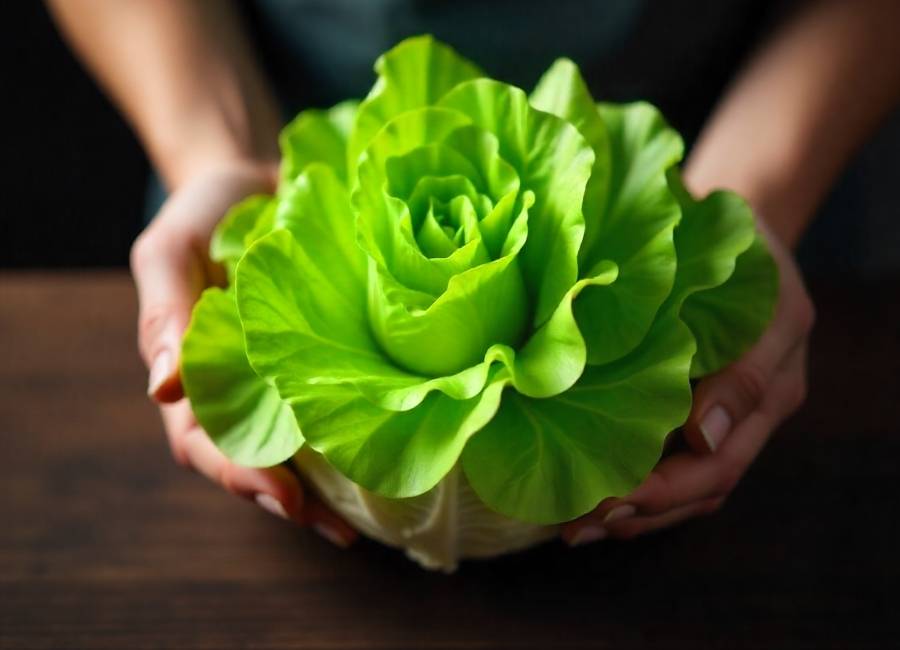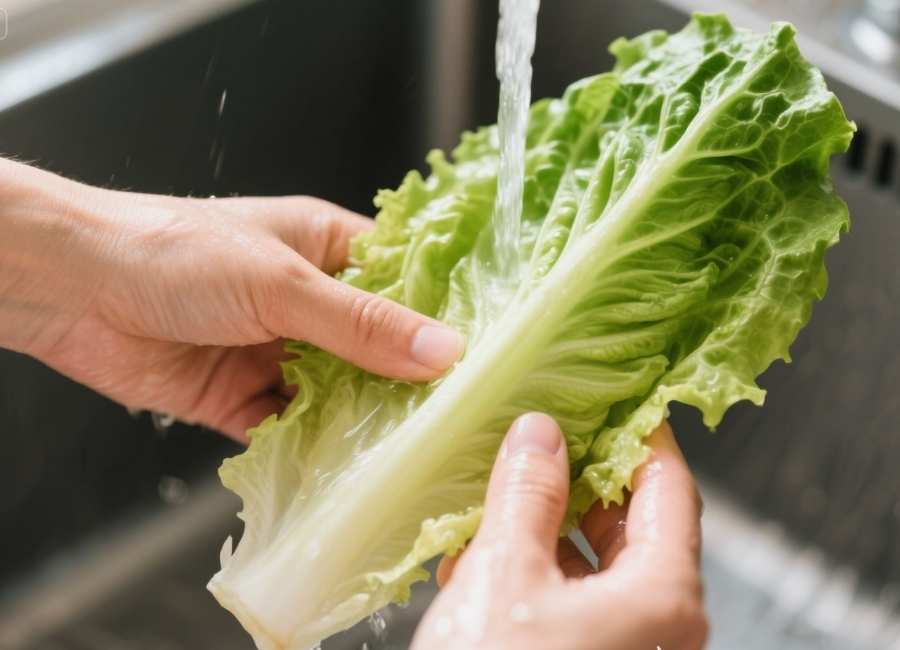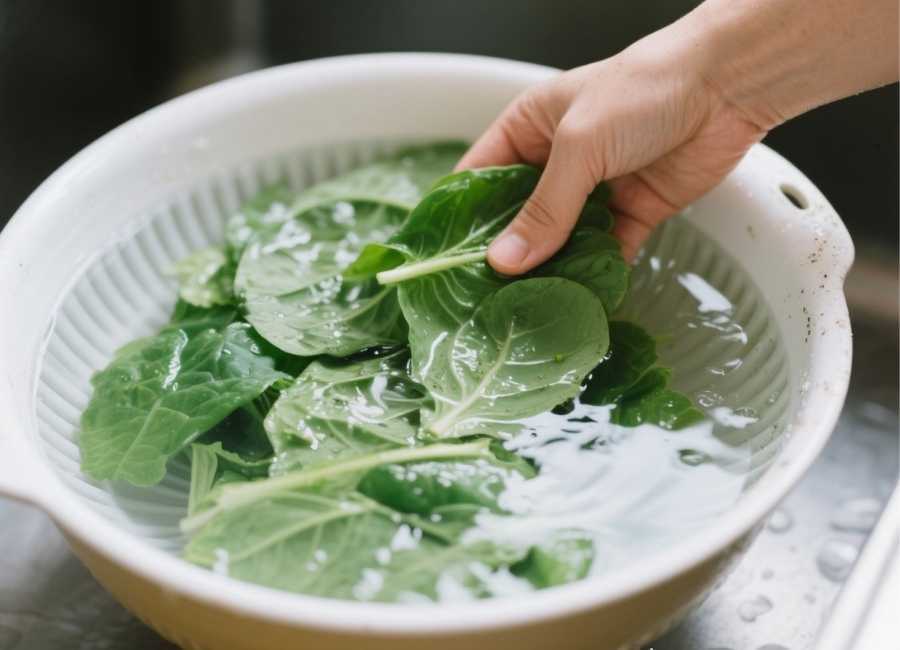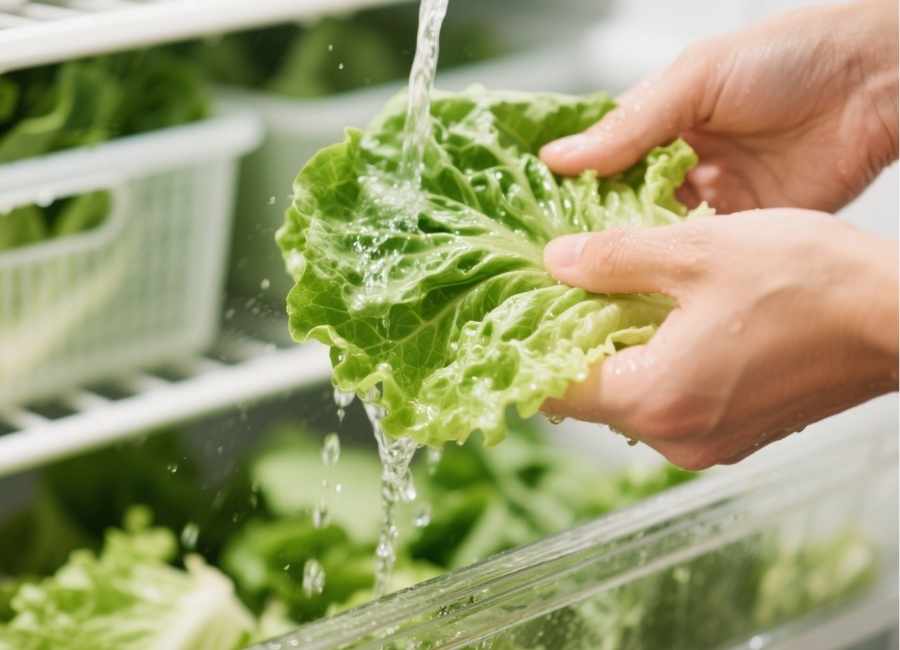When it comes to enjoying a fresh and healthy salad, nothing ruins the experience faster than a gritty bite. Romaine lettuce, a crisp and flavorful base for countless dishes, is beloved for its versatility and crunch. But due to its texture and the way it grows, romaine lettuce can often trap dirt, bacteria, and even insects. Learning how to properly clean romaine lettuce is an essential kitchen skill that ensures your meals are not only delicious but also safe to eat.
This guide will walk you through every step of washing romaine lettuce efficiently, keeping it fresh, sterile, and ready for your next meal.
Why Washing Romaine Lettuce Is Essential

Even if your lettuce looks clean at first glance, there could be dirt and debris hiding between its layers. Additionally, pesticides, bacteria like Salmonella or E. coli, and other contaminants may linger on the leaves. Here are a few reasons why thoroughly washing romaine lettuce is non-negotiable:
- Safety: Washing removes harmful microorganisms and pesticides that may cause foodborne illnesses.
- Taste: Clean leaves mean no unpleasant grit or residue in your bite.
- Freshness: Rinsing your romaine correctly can help it stay crisp and appetizing longer.
Unlike pre-washed packaged lettuce, whole heads of romaine require extra care to get them properly spick-and-span. Now, let’s jump into every step you need to follow.
Tools You’ll Need to Wash Romaine Lettuce
Before starting, gather these essentials for a smooth cleaning process:
- A cutting board
- A chef’s knife or serrated knife
- A large bowl or salad spinner
- A colander or sieve
- Clean kitchen towels or paper towels
Optional but helpful items include a produce brush or white vinegar for an extra level of cleaning.
Step-by-Step Guide to Washing Romaine Lettuce

Use these six simple steps to ensure your romaine lettuce is properly washed and ready to enjoy:
1. Trim Off the Base
Start by preparing the romaine lettuce. Lay the head of lettuce on a cutting board and use a sharp knife to cut off the root or stem at the base. This will loosen the leaves and make them easier to separate. Discard the root or save it for compost.
Pro tip: If some outer leaves look wilted or damaged, peel them off and discard them as well.
2. Separate the Leaves
Once you’ve removed the base, separate each leaf individually. Romaine lettuce traps dirt closer to its base, so pulling the leaves apart ensures you can get into all the tricky spots.
Even tightly packed heads may hide dirt deep within the center, so don’t skip this step.
3. Rinse Each Leaf Under Cool Water
Now, rinse each leaf thoroughly under running cool water. Make sure to rub both sides of the leaf gently with your fingers to dislodge dirt and debris. Pay extra attention to the base and the veins of the leaves, as grit tends to accumulate in these areas.
Optional: If you notice stubborn dirt clinging to the leaves, use a soft produce brush to gently scrub them clean.
4. Use a Soaking Method for Extra Cleaning

For an even deeper clean, fill a large bowl or the basin of a salad spinner with cool water. Place the leaves inside, submerging them fully. Swirl the leaves gently with your hand to help loosen any hidden dirt.
If you’re concerned about bacteria, add 1–2 tablespoons of white vinegar to the water for a natural sanitizing agent. However, be sure to rinse thoroughly afterward to remove the vinegar flavor.
5. Dry Thoroughly
Wet lettuce can lead to soggy salads, so proper drying is key. Shake off excess water from each leaf and lay them out in a single layer on a clean kitchen towel or paper towels. Pat them dry gently with another towel.
For faster results, use a salad spinner. Place the rinsed leaves inside, spin until dry, and transfer them onto a towel to air-dry for an additional few minutes.
6. Store Properly to Keep Crisp
To maintain freshness and crunch, store your washed romaine lettuce properly. Wrap the dry leaves loosely in a clean kitchen towel or paper towels to absorb any remaining moisture. Place them in a resealable plastic bag or a container with a lid, and store them in the fridge’s crisper drawer.
When stored correctly, washed romaine lettuce can stay fresh for up to 5–7 days.
Common Mistakes to Avoid

Improper washing or storage techniques can compromise both the flavor and safety of your lettuce. Here are some common pitfalls and how to avoid them:
- Skipping the rinse: Even if the lettuce looks clean, skipping this step can leave behind harmful bacteria or debris that can ruin your meal.
- Using hot water: Stick to cool water. Hot water can make the leaves wilt and lose their crunch.
- Not drying thoroughly: Wet leaves can lead to soggy salads and faster spoilage. Always ensure your lettuce is completely dry before storing.
- Storing in a sealed container without a towel: Excess moisture can cause lettuce to rot. Always add a layer of absorbent material like a paper towel.
Bonus Tips for Maximizing Flavor and Presentation
- If you’re making a Caesar salad, consider grilling some of the romaine leaves lightly after washing for a smoky twist on the classic dish.
- Tear larger leaves into bite-sized pieces for easier eating and better presentation.
- Keep washed romaine in the fridge until it’s time to serve for the crispiest results.
Washing Romaine Lettuce Made Easy
Washing romaine lettuce may seem like a tedious task, but following these steps ensures a cleaner, crisper, and tastier experience. The effort you put into properly cleaning your greens not only enhances the flavor but also makes each bite safer and more enjoyable.
Next time you’re preparing a fresh salad or lettuce wrap, refer back to this guide to ensure your romaine lettuce is squeaky clean and ready to go. With clean leaves in hand, the possibilities for healthy, delicious dishes are endless.











